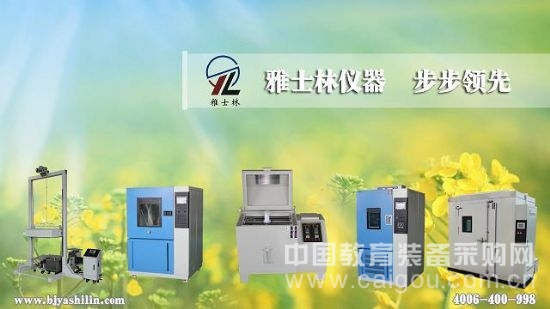The salt spray corrosion test is one of the core technologies of the salt spray test chamber, mainly to test whether the product is resistant to corrosion by simulating the marine climate. In particular, some products that need to be sold to overseas and seaside areas, especially salt spray corrosion tests. Corrosion types are generally classified into wet corrosion and dry corrosion. Among them, wet corrosion refers to corrosion of metal in the presence of water, whereas dry corrosion is corrosion existing in dry gas without liquid water.
First, the salt spray test chamber wet corrosion: mainly refers to the corrosion of metal in aqueous solution, is an electrochemical reaction. An etched cell is isolated on the metal surface that is isolated from the anode and cathode regions. The metal loses electrons in the solution and becomes positively charged ions, which is an anode process. At the same time, in contact with the metal surface of the aqueous solution, electrons have a large chance of being neutralized by a substance in the solution, and the process of neutralizing electrons is a reduction process, that is, a cathode process. Common cathodic processes are aerobic reduction, hydrogen evolution, oxidant reduction, and precious metal deposition. As the corrosion process progresses, in most cases, the cathode or anode process will be blocked by the corrosion products of the solution ions, causing the diffusion to be blocked and the corrosion rate to be slow. This phenomenon is called polarization, and the corrosion of the metal varies with polarization. Slow down.
Second, the salt spray test chamber dry corrosion: generally refers to the corrosion that occurs in high temperature gas, the common is high temperature oxidation. In a high temperature environment, an oxide film is formed on the metal surface, and the properties and growth laws of the film determine the corrosion resistance of the metal. The growth law of the membrane can be divided into linear law, parabolic law and logarithmic law. Among them, the oxidation of the straight line is the most dangerous, and the parabolic law and the logarithmic law are safer. For example, aluminum follows the logarithmic law in a normal temperature environment, and its oxidation is relatively safe and stable, so aluminum has good resistance to atmospheric oxidation.

With unique design our tablecloth is perfect for daily use, holidays and special occasions,it is durable, waterproof and easy cleaning.And 100% environmental friendly material with safe printing doesn't release any unpleasant smell,which guarantee a good and safe environment of your home.
Going green is good for you. Eco-friendly products are often better quality, and they leave the Earth in better shape for future generations. If you`re worried about harmful chemicals and carcinogens (ingredients that cause cancer), our sustainable items are a great choice.
Table Cloth,Table Linens,White Tablecloth,Tablecloth Waterproof
Shandong Jiayuan Plastics Technology Co., Ltd. , https://www.tablecloth.nl